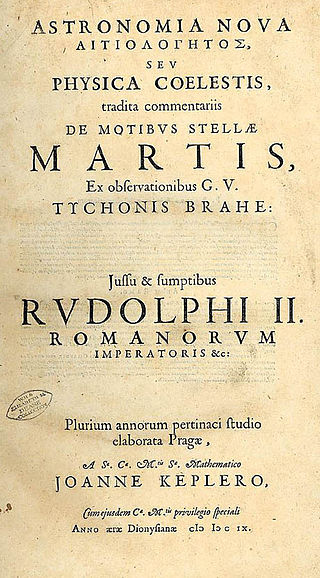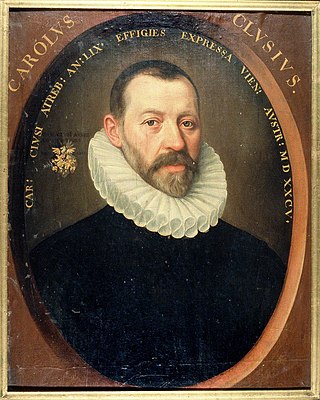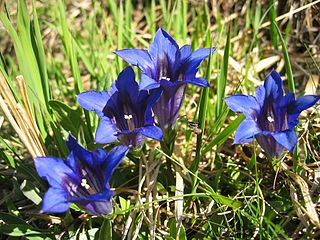Related Research Articles

Prospero Alpini was a Venetian physician and botanist. He travelled around Egypt and served as the fourth prefect in charge of the botanical garden of Padua. He wrote several botanical treatises which covered exotic plants of economic and medicinal value. His description of coffee and banana plants are considered the oldest in European literature. The ginger-family genus Alpinia was named in his honour by Carolus Linnaeus.
This article contains information about the literary events and publications of 1601.

The year 1609 in science and technology involved some significant events.

Güssing is a town in Burgenland, Austria. It is located at 47°4′N16°19′E, with a population of 3,578 (2022), and is the administrative center of the Güssing district. For centuries the town occupied an important position on the western edge of the Kingdom of Hungary. The town is now most famous for its castle, which is the oldest in Burgenland and a prominent regional landmark, built on an extinct volcano.

Charles de l'Écluse,L'Escluse, or Carolus Clusius, seigneur de Watènes, was an Artois doctor and pioneering botanist, perhaps the most influential of all 16th-century scientific horticulturists.

The Hortus botanicus of Leiden is the oldest botanical garden of the Netherlands, and one of the oldest in the world. It is located in the southwestern part of the historical centre of the city, between the Academy building and the old Leiden Observatory building.
Clusius may refer to:

Scilla peruviana, the Portuguese squill, is a species of Scilla native to the western Mediterranean region in Iberia, Italy, and northwest Africa. It is a bulb-bearing herbaceous perennial plant. The bulb is 6–8 cm in diameter, white with a covering of brown scales. The leaves are linear, 20–60 cm long and 1–4 cm broad, with 5-15 leaves produced each spring. The flowering stem is 15–40 cm tall, bearing a dense pyramidal raceme of 40-100 flowers; each flower is blue, 1–2 cm in diameter, with six tepals. The foliage dies down in summer, re-appearing in the autumn.

Gentiana clusii, commonly known as flower of the sweet-lady or Clusius' gentian, is a large-flowered, short-stemmed gentian, native to Europe. It is named after Carolus Clusius, one of the earliest botanists to study alpine flora.

Ulmus 'Clusius' is a Dutch hybrid elm cultivar raised at the Dorschkamp Research Institute for Forestry & Landscape Planning, Wageningen, and released to commerce in 1983. 'Clusius' was derived from a crossing of the same Dutch clones that produced the fastigiate 'Lobel' released in 1973: '202' and '336'.

Exoticorum libri decem is an illustrated zoological and botanical compendium in Latin, published at Leiden in 1605 by Charles de l'Écluse.

Les observations de plusieurs singularitez et choses memorables trouvées en Grèce, Asie, Judée, Egypte, Arabie et autres pays estranges is a work of ethnographical, botanical and zoological exploration by Pierre Belon (1517–1564), a French naturalist from Le Mans. Starting in 1546, Belon travelled through Greece, Asia Minor, Egypt, Arabia and Palestine, returning to France in 1549.

Cerinthe is a genus of flowering plants in the family Boraginaceae, known as honeyworts. The genus is characterised by a calyx made up of separate, rather than fused, sepals, a tubular corolla, and the schizocarpic fruit that divides into two parts at maturity, unlike most members of the family, where the fruit splits into four nutlets. The genus has a circum-Mediterranean distribution, ranging from the Irano-Turanian Region in the east to Morocco in the west.
The year 1593 in science and technology involved some significant events.
The year 1594 in science and technology involved some significant events.
The year 1576 in science and technology included many events, some of which are listed here.

Joachim Camerarius the Younger was a German physician, botanist, zoologist and humanist scholar.

Alma Academia Leidensis refers to an illustrated book about the professors of the University of Leiden, the Netherlands.

Marie de Brimeu, was a Flemish noblewoman known for her knowledge of botany and horticulture. She inherited her titles from her uncle, Charles de Brimeu, Count of Meghem, when he died in 1572, becoming the Countess of Meghem. Her second marriage in 1580 to Charles III, Prince of Chimay, elevated her to the rank of Princess.
Carolus is the medieval Latin form of the name Charles, notably the name of Charlemagne (742–814).
References
- ↑ Egmond, Florike (2010). The World of Carolus Clusius: Natural History in the Making, 1550-1610. London: Pickering & Chatto. ISBN 1-84893-008-9.